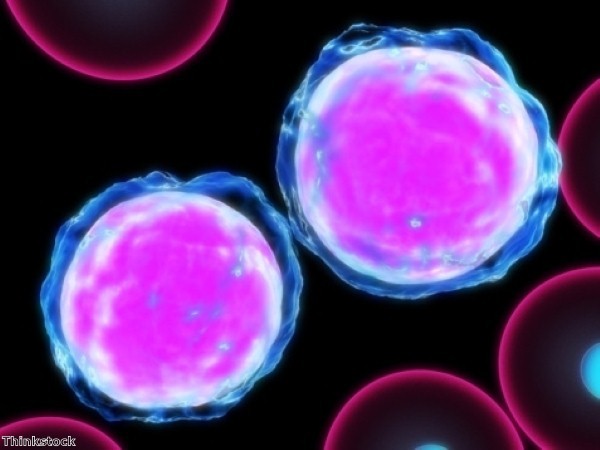New research into the role played by dysfunction of regulatory proteins that keep an oncogene in check could lead to the developments in drugs used to treat head and neck cancers.
Previous research has revealed activation and signalling of a protein known as Signal Transducer and Activator of Transcription 3 (STAT3) in many cancers. The increased activity of this protein is often associated with poor prognosis. In adult tissues, proteins that promote the growth and development of cancer cells are triggered by STAT3.
The new study, conducted at the University of Pittsburgh School of Medicine, could provide a reason for the hyperactivation of STAT3 and help to develop new drugs.
It was noted that STAT3 did not commonly occur in head and neck cancers so the team looked for mutations in other proteins associated with STAT3.
A phosphate group needs to be added to STAT3 in order to activate it. Cancer drugs tend to work by inhibiting enzymes that encourage this process.
However, the team focussed on the process by which enzymes known as phosphatases deactivate proteins by removing the phosphatases.
It was discovered that head and neck tumours with high levels of STAT3 were linked with mutations in the PTPR group of phosphatases. Computational and lab models were developed to replicate the mutations and it was found that they led to dysfunction of the enzymes.
Jennifer Grandis, distinguished professor of otolaryngology at the Pitt School of Medicine, and director of the head and neck program at the University of Pittsburgh Cancer Institute (UPCI), partner with UPMC CancerCenter, said: "Because the phosphatases don't work properly, phosphate groups don't get removed from STAT3 appropriately, and it stays activated. These mutations essentially get rid of the brakes that might otherwise slow or even stop cancer development."
Tumours could be screened for mutations to the PTPR group and they could be treated with drugs that inhibit STAT3's activity.
The team's findings are published in the early online version of the Proceedings of the National Academy of Sciences.

